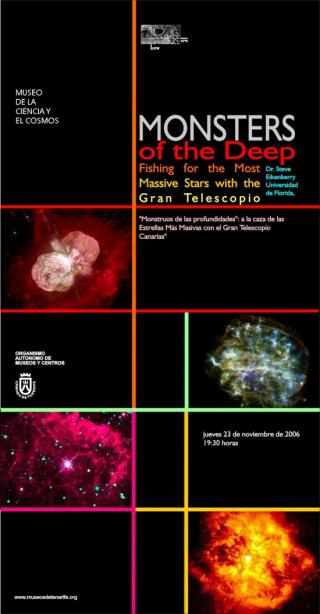Habitamos un universo de galaxias. Aunque una de ellas es nuestro hogar, apenas estamos empezando a leer sus historias. Sabemos que son estructuras fluidas, que no dejan de evolucionar, y que, al igual que una multitud de células forman el cuerpo humano, las galaxias son también el resultado de la suma de sus partes, los millones de estrellas formadas en su interior. Como si de industrias químicas se tratara, las estrellas ceden ciertos elementos formando nubes moleculares que, por acción de los vientos estelares o explosiones de supernovas, se vuelven inestables, colapsan y forman nuevas
Advertised on

